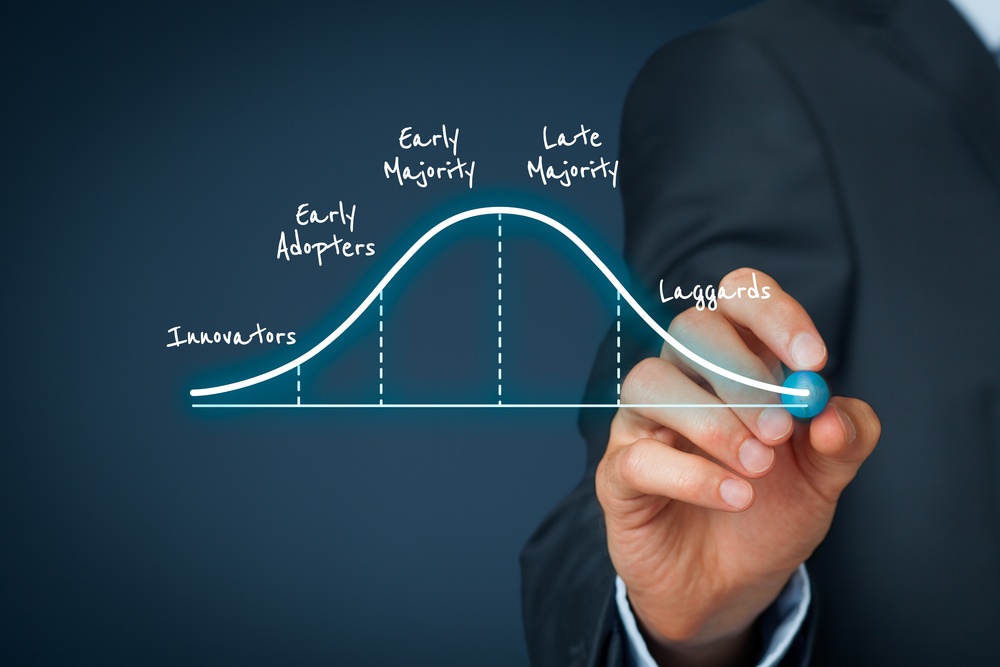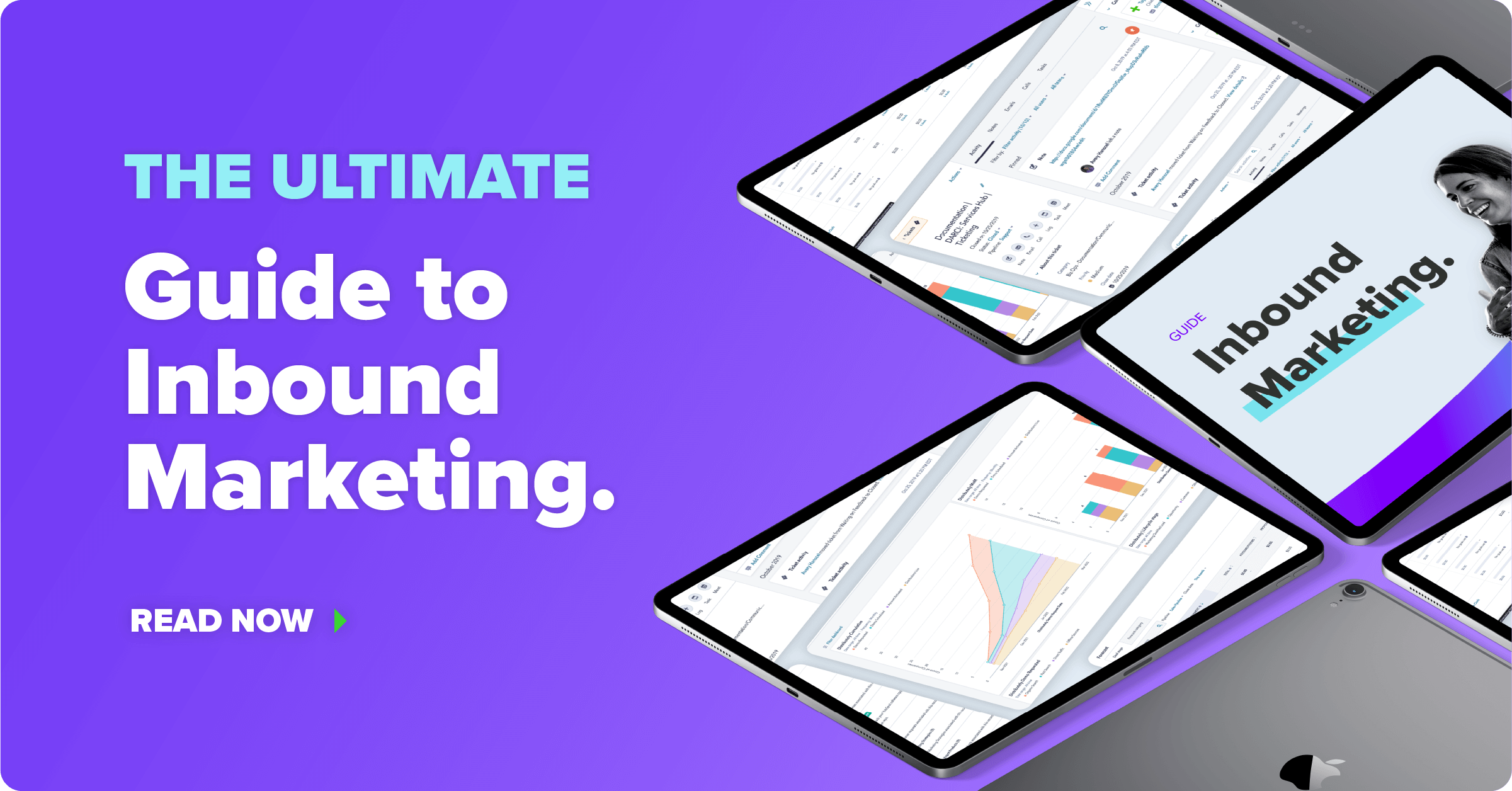Why You Need Defined Inbound Lifecycle Stages

With all of our clients, we stress how important it is to clearly define inbound lifecycle stages and educate your team on each stage of the customer lifecycle. Understanding lifecycle stages is not only important for the sales team and the marketing department — it's also valuable to the leadership team.
A solid understanding of what it means to be a lead, Marketing Qualified Lead (MQL) or a Sales Qualified Lead (SQL) will help the sales team prioritize their activities and nurture leads in a more efficient way, resulting in a more streamlined revenue pipeline. For the marketing team, defining lifecycle stages and correctly attributing leads lends to more accurate reporting and segmentation — driving the creation of more relevant and targeted marketing campaigns.
A clearly outlined customer lifecycle provides a universal frame of reference, increasing continuity between departments and allowing for more accurate reporting and informed growth strategies. Accurate reporting also allows leadership to inspect conversion rates between lifecycle stages and identify any gaps that might be leading to abandonment or impeding further progress down the inbound funnel.
We’ve touched on the why, but how do you define inbound lifecycle stages? The nuances of each lifecycle stage vary slightly between businesses and industries, but we've outlined some basic lifecycle stages for your reference.
Key Lifecycle Stages
Visitor
- These individuals have navigated to your website
- They're still anonymous to you
- They typically just started their buyer’s journey and are just starting to get their feet wet
Lead
Like subscribers, leads are pretty straightforward.
- Contacts that have filled out a form on your website.
- They’ve provided some information about themselves.
- They’ve typically found a piece of content that appeals to them.
- Leads are still closer to the top of your funnel and will need nurturing to progress into a MQL

Marketing Qualified Lead
A Marketing Qualified Lead (MQL) is one of the more debated and harder to define Lifecycle stages, but also arguably one of the most important. This is where the handoff from marketing to sales happens — if done too early or late, it can be a dealbreaker. MQLs take a couple of forms, so it’s up to the sales rep to identify the digital body language of the lead to take the most appropriate action.
- MQLs can be hand raisers, which means they’ve filled out a “Contact Us” form, have requested a demo or filled out another form requesting to be contacted.
- MQLs can also be highly engaged individuals that may not have requested someone to contact them, but have continually come back to your site and have filled out multiple forms.
- They’ve provided enough information for sales to identify their pain point and allow the rep to have a meaningful conversation with them.
- These are typically contacts that are engaged, interested and educated on your product or service.
- MQLs are either ready to buy or need a little nurturing from sales in order to get them to make the commitment.
Sales Qualified Lead
Sales Qualified Leads are just that, leads that have been qualified by sales.
- They’ve been identified as individuals that are a need, fit and interest match to your product or services.
- Sales are actively pursuing these leads, but have yet to identify or outline an actual opportunity.
Opportunity
Opportunities are contacts that have expressed interest.
- They are actively in communication with your sales reps.
- They have become real sales opportunities in your CRM.
Customer
When opportunities are closed-won, your company gets a new customer. Although you've won their business, the nurturing shouldn't end when you acquire a new customer. Loyal customer relationships need to be attentively maintained to make sure that one-time customers become return customers and brand evangelists.
You can adapt these lifecycle stages to fit your business’s unique business model and goals. Having well-defined inbound lifecycle stages will allow you to quickly gauge the health of your funnel and diagnose any gaps that may be present.
If conversion rates are low from lead to MQL, for example, you'll be able to pinpoint an effective response strategy to increase engagement with marketing outreach and get more leads to convert. In addition to identifying gaps, you can use the lifecycle stages to segment contacts and create more personal and relevant offers. Ultimately, defining lifecycle stages will align your organization, increase process consistency and accelerate your revenue pipeline.




